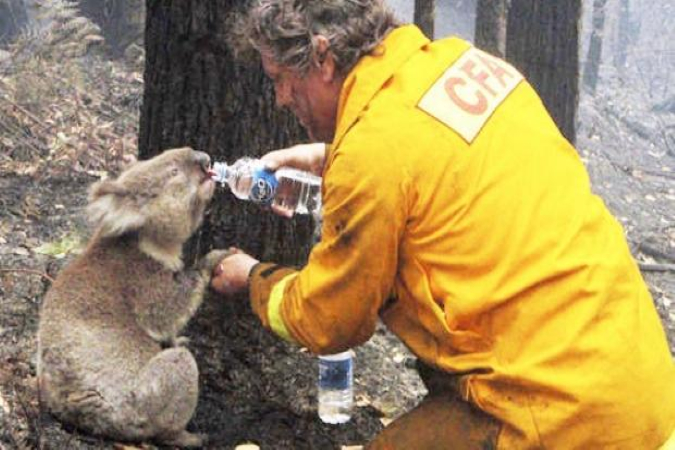
The disastrous bushfire across east Australia has taken the lives of approximately 350 koalas and injured other creatures as well. Of course, external dangers are not just limited to wild animals. Around 600,000 cattle died due to the extreme floods at Townsville back in February 2019.
Indeed, natural disasters are a great threat to animals in general. Many pet owners sacrifice their safety just to rescue their animal friends during times of calamity. Understandably, they couldn’t simply abandon their pets and cattle while the fire is still ongoing.
Fortunately, several states in the country have already developed disaster management plans for animals. Getting yourself familiar with these can be life-saving not just for your beloved animals, but for yourself as well.
Learn About the Laws in Your State
South Australia, Victoria, New South Wales, and Western Australia have adopted welfare plans for wildlife, pets, and livestock ever since the establishment of the 2009 Victorian Bushfires Royal Commission.
These disaster management plans for animals include guides on how to handle their needs during calamities and fortuitous events. Both non-government organizations and government agencies are given specific duties in providing relief for pets, wildlife, and livestock.
However, owners of pets and livestock are still required to perform a certain level of responsibility during disasters. Its demands, however, vary during emergencies.
Emergency Guidelines for Pets
Citizens of New South Wales are urged to bring their pets along during an emergency. Cats in carriers, dogs in leashes, and other contained animals may be brought to evacuation centers that are animal-friendly. Along with this, the Victorian plan orders the councils to either make sure that evacuation centers are animal-friendly or to suggest the pet-owners of alternative measures.
South Australia and West Australia, however, ban pets in evacuation centers. Their animal management plans provide somewhat unclear health and safety issues as the reason for the prohibition. Service animals are the only exception but they must be housed in a different place or outdoors.
This is why you should make sure that the relief centers near your allow pets, especially if you’re at risk of evacuations in the future. Leave no room for complacency even if you’re planning to go to family or friends in the event something happens. You need to consider the probability of unforeseen circumstances that will leave you without any choice but to stay in the relief center.
Having an emergency kit for your pet is also essential. It should have water, food, medicine, vaccination details, registration, a recent printed photo of your pet, equipment, among others.
If you happen to get separated from your pet during a disaster, you can contact veterinarians, local councils, the Animal Welfare League, and the RSPCA.
Moreover, The guidelines of the state impose pet owners to ensure that their animal friends have been nameplated, microchipped, and vaccinated.
Emergency Guidelines of Horses and Livestock
Managing livestock is more challenging as compared to pets. This is why the guidelines highly recommend that you keep in touch with nearby relocation centers even before a disaster strikes to help them arrange the proper accommodation for those animals. They also suggest that your secure ahead of time the right means for transporting your livestock.
In case things don’t go as planned or the aforementioned steps were not accomplished in due time, you can bring these animals with you to your evacuation area and seek advice from thereon. According to the guidelines, animals that cannot be transported should be transferred to safe areas with water and food that can last for a couple of days. Even if you have already planned for an evacuation, it’s still important that you identify a possible safe spot in your property so you can be more ready.
The National Livestock Identification System can track some agricultural animals, which is why it’s highly encouraged that you have your horses microchipped. They can even assist with the distribution of fodder right after calamities strike.
Emergency Guidelines for Wild Animals
Wild animals are the most vulnerable during disasters. Considering their dependency on their natural habitat to survive, these animals are impossible to be evacuated systematically. Thus, the focus of the animal emergency plans is to seek the aid of charitable institutions so that they can provide relief to these animals that have been affected by the catastrophe.
In the New South Wales guidelines, they have identified several organizations that focus on wildlife rescue. Included in this list is WIRES, which is the primary place to report wild animals that are injured. These types of organizations lead the relief efforts in South Australia as well. In Victoria, the state obtains support on the triage and rescue actions from volunteers.
More than just providing relief to these animals, holistic planning also comprises measures that help preserve wildlife corridors. As an effect, the availability of alternative habitat increases and the potential isolation of animal populations decreases.
Since the fire season is still ongoing, you must familiarize yourself with the animal welfare plans of your state.